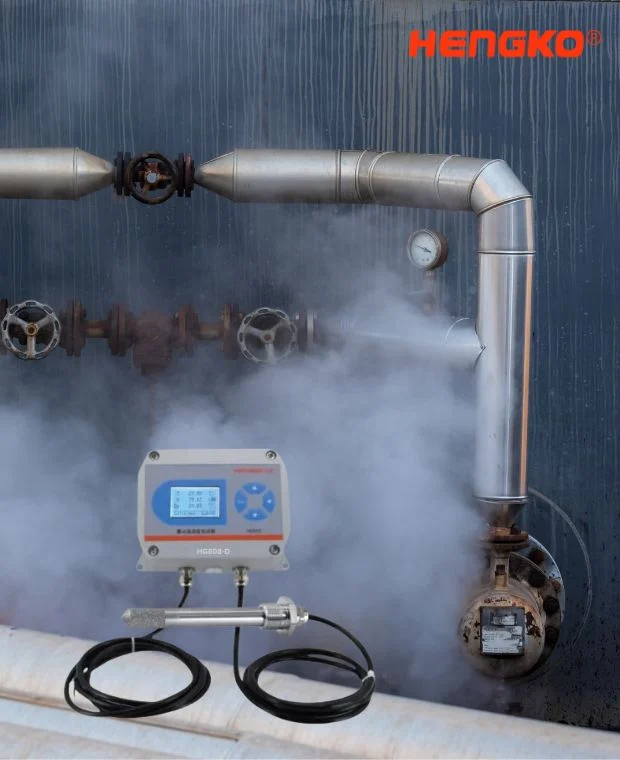High wet humidity transmitters are designed for environments with high humidity levels, such as industrial processes, HVAC systems, and manufacturing facilities. They are equipped to measure relative humidity (RH) in conditions where the moisture levels are typically high. Here are a few common types of high wet humidity transmitters:
1. Capacitive Humidity Transmitters
- Principle: Measures the change in capacitance caused by changes in relative humidity.
- Advantages:
- High accuracy and stability in moist environments.
- Suitable for high wet conditions.
- Applications: Ideal for industrial settings like food processing, HVAC systems, and environmental control in manufacturing.
2. Resistive Humidity Transmitters
- Principle: Measures the change in resistance of a hygroscopic material as humidity changes.
- Advantages:
- Suitable for high-humidity environments.
- Can be cost-effective and reliable for many industrial applications.
- Applications: Typically used in areas with high moisture content, like chemical plants, paper mills, or wet rooms in manufacturing.
3. Thermal Conductivity Humidity Transmitters
- Principle: Measures the change in thermal conductivity of air as moisture content increases.
- Advantages:
- Can be used to monitor humidity in high wet conditions, particularly when dealing with gases.
- High accuracy at high humidity levels.
- Applications: Common in food and beverage processing, and environmental control for humid spaces.
4. Thin Film Polymer Humidity Transmitters
- Principle: Uses a thin polymer film that changes resistance as moisture is absorbed.
- Advantages:
- Robust in high moisture conditions.
- Offers high sensitivity and rapid response times.
- Applications: Suitable for environments like chemical processing, power generation, and energy systems where high moisture and temperature fluctuations are present.
5. Electrolytic Humidity Transmitters
- Principle: Electrolytic cells detect humidity by measuring a change in conductivity due to the moisture present.
- Advantages:
- High stability in high wet and extreme conditions.
- Long-lasting and reliable for continuous monitoring.
- Applications: Used in industries like semiconductor manufacturing, environmental testing, and industrial gas production.
6. High Temperature and Humidity Transmitters
- Principle: These devices combine the humidity and temperature sensing capabilities into one transmitter to provide real-time measurements in environments with both high temperature and humidity.
- Advantages:
- Designed specifically for extreme conditions like high wet and high-temperature environments.
- Offers both temperature and humidity readings.
- Applications: Used in industrial applications such as steam boilers, drying processes, and temperature-sensitive environments.
7. Inductive Humidity Transmitters
- Principle: Inductive sensors detect the changes in inductance due to moisture.
- Advantages:
- Immune to contamination and corrosion, making them ideal for high-wet, harsh environments.
- Highly durable and stable.
- Applications: Typically found in environmental monitoring systems, industrial cooling systems, and food industries where high moisture is a constant.
Key Features to Consider:
- Wide Measurement Range: Ensure the transmitter can handle the high humidity levels in your application.
- Long-Term Stability: For high-wet environments, sensors need to maintain accuracy over time, even in moisture-laden conditions.
- Response Time: The faster the response time, the more accurately you can monitor and control humidity.
- Material Durability: Look for corrosion-resistant materials for durability in harsh environments.
Would you like more detailed information about any of these transmitters?
Contact HNGKO to get price and high wet condition humidity monitor solution today by email ka@hengko.com







